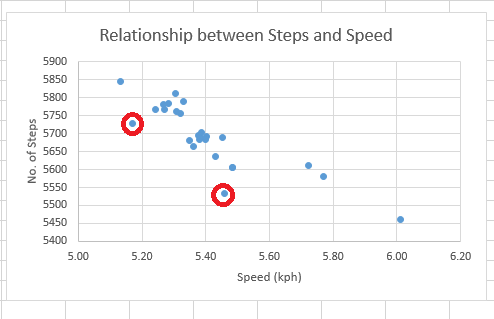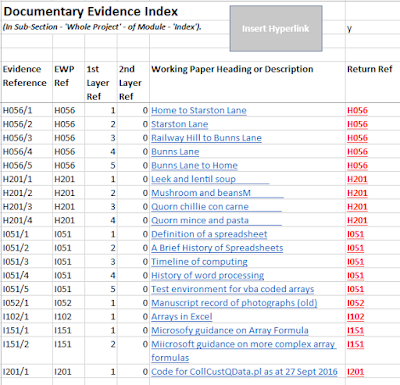What is it that I don’t like about Jeremy Corbyn? (October
2016)
At the beginning, I was a Corbyn supporter, so my political
tendencies are closely aligned with his. Nevertheless, I believe that his
re-election as Labour leader will consign the party to the political wilderness
for a decade or more. Since I like his politics, I have to ask myself “why am I
so convinced of this?” It does not make obvious sense.
The June EU referendum in which the UK voted to exit from
the European political block represents a second strand to this argument. To
date I’ve always tried to keep these issues separate, but they are so closely
intertwined I don’t think I can make sense of the whole unless I treat them
together.
We know the bare facts of the history. Corbyn was elected
the Labour Party leader following electoral defeat at the 2015 general
election. The Tory Party had promised a referendum on membership of the EU if
it won the election. It delivered on that promise. As individual streams of
reality there is nothing particularly remarkable but together they have the
power to decimate the future of the UK. Why? Because, it leaves no one to speak
for the 48% who voted to stay in the EU.
The argument from the Brexit camp seems to be that I and 16
million or so fellow voters were on the losing side so we should put up and
shut up. In a normal General Election I would indeed agree, but this was not a
normal election. I do not get to vote again in five years’ time.
A further argument might run that I should leave it to our
MPs. After all, that’s what they were elected for. Our current Prime Minister,
Mrs May, seems to believe that the referendum vote provides her with all the
authority she requires to proceed without further scrutiny from Parliament. In
fact there has been a wholesale changing of the guard in Her Majesty’s
Government (HMG). Was this really a vote to change HMG? Yet that is what has
happened. Not only have the personnel changed but significant tranches of
government policy have changed. The referendum was not a general election. It
conferred no such authority upon the government post referendum, no matter how
plausible and rational the changes she proposes. Yet in reality that is exactly
what has happened.
At this point, I feel the need to step back again and take a
long hard look at what really happened in the context. The members of the UK
electorate were given an opportunity to voice an opinion on whether we should
remain part of the EU. I’m satisfied that for 90% of the electorate, who voted
that is exactly what they did. But I’m not convinced of the remaining 10%. The
scope and integrity of the arguments laid before the electorate on both sides
lend credence to this view.
The narrowness of the scope of the arguments laid before us
and in some respects their downright mendacity suggests that we were being
duped for the sake of winning the vote. A feeling of being duped, I suspect was
quite widespread and at least some part of the electorate was determined to
make their voices known. Is this fanciful thinking on my part? I suspect not.
Railing against the government of the day is common place, especially in
by-elections.
I have analysed the votes against the government in
by-election over the past 4 general election periods. These analyses show a clear
protest against the government of the day between general elections. Data source http://www.politicsresources.net/area/uk/edates.htm
These tables show clearly that protest against the government of the day is a common feature of by elections, but the sentiment tends to be reversed in General Elections.
It would be prudent for any government to consider whether
this kind of sentiment had affected the result of the referendum. The Cameron
administration had invited some pre-eminent voices from the international scene
to speak on its behalf. For voters, already predisposed to protest, this could
have confirmed their prejudices.
A potent argument against this logic could be that the
referendum was a “single issue” topic and therefore not susceptible to the kind
of protest so clearly exhibited in by-elections. In truth though this
apparently simple question has a multitude of facets. Indeed it is so easy to
get lost in the myriad of detail that comprises the EU, I wonder why it was
ever considered suitable for a national plebiscite. For that I would have to
look into the minds of those who prepared to the 2015 Tory manifesto. This is a
task I am determined to avoid.
Unlike our history of by-elections, there is no evidence
from similar elections to demonstrate that this was a protest vote. However, I note from
Polly Tornbees’s article in the Guardian, 20 October, that the level of regret
amongst leave voters was significant around 6%. The equivalent level of regret
amongst remain voters (at not being on the winning side) was 1%. On this basis
the result of the referendum would have been reversed.
Nevertheless, we have a result that say that the UK should
seek to extricate itself from the EU. The new Tory administration is determined
to follow the referendum commendation without further consideration. So how
should the 48% who voted to remain in the EU react?
Normally, one would jump on the opposition bandwagon and
wait for the next general election. This is not practicable. Firstly, the
leader of the Opposition (one Jeremy Corbyn) won’t oppose leaving the EU, even
though he “said” he was in favour of staying. Secondly, we the electorate,
don’t get the chance to reverse the decision in 4 or 5 years’ time.
The “remain campaign” cannot bury its collective head in the
sand. It must act now, but how. We desperately need a collective opposition to
Brexit. In the absence of Jeremy Corbyn stepping up to the mark, he must be
disposed of, since his presence is a positive barrier to effective opposition.
Let us suppose then, that the Parliamentary Labour Party
would once again approve a vote of no confidence in Mr Corbyn. That would leave
the PLP both leaderless and exhausted from a bruising leadership election over
the summer. My advice would be to appoint a caretaker leader until next year’s
conference season. That would still leave the “remain campaign” without a focal
point or leader.
Curiously, we have a ready-made leader in Nicola Sturgeon of
the SNP. Her voter base may appear out on a limb in Scotland, but she is experienced
and effective. I wonder if she would be prepared to lead a coalition of that
rather disparate opinion that represents the “remain campaign”.










